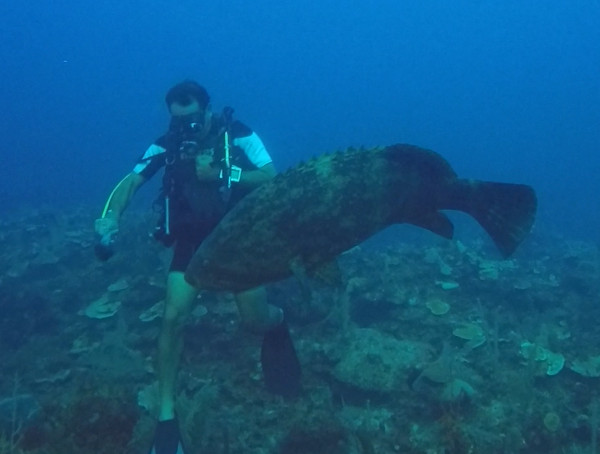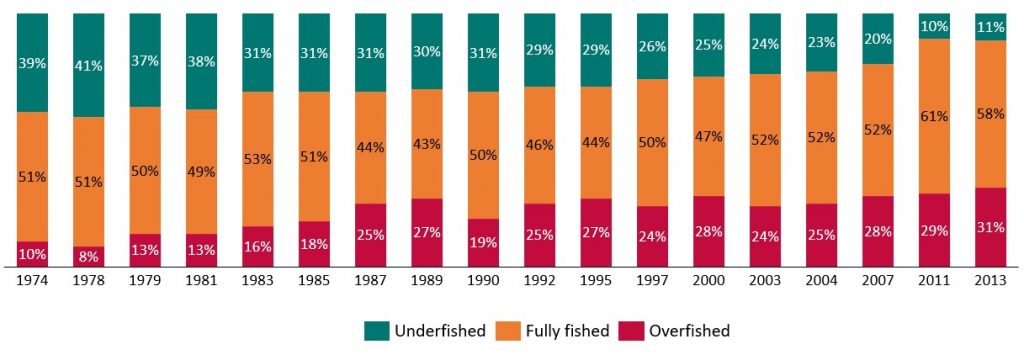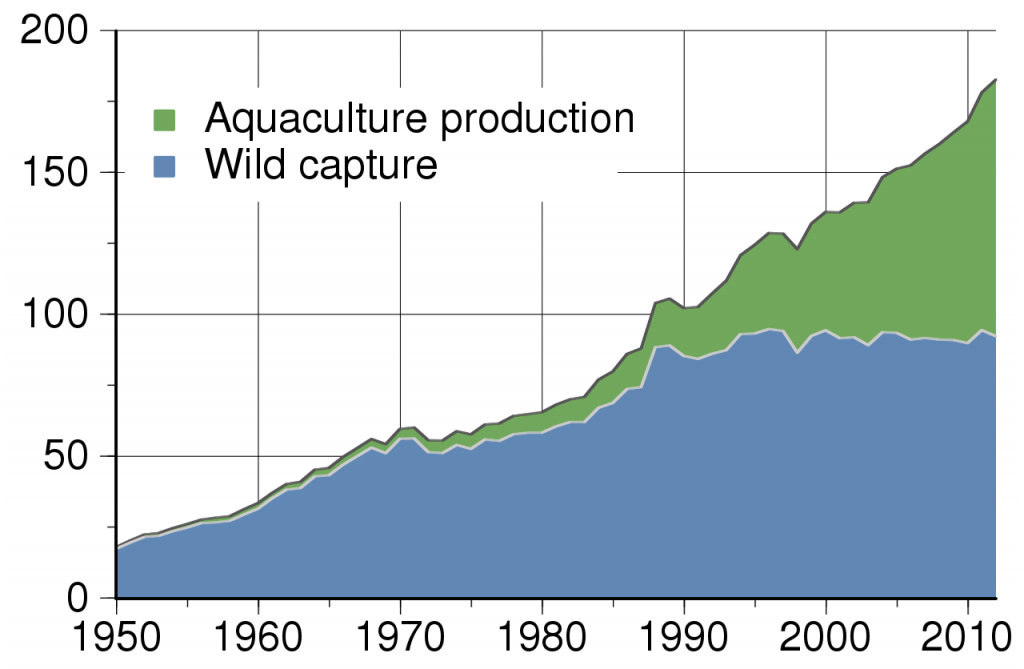Over-fishing
We like to eat fish, it tastes well and is healthy. But it has a very high price.
Global overfishing is now considered as one of the greatest threats to marine health and the survival of its inhabitants. But it also has a direct impact on many people – especially in developing countries. Because every day thousands more tons of fish are pulled from the sea than can grow back naturally. The numbers below confirm this trend. All information has been researched carefully, nevertheless the author doesn’t take liability for its correctness.



